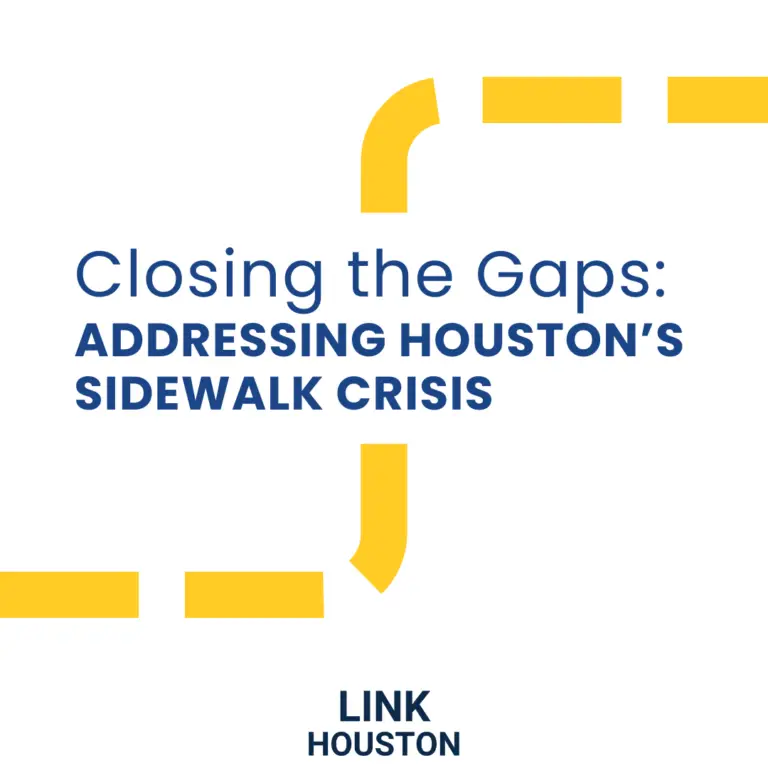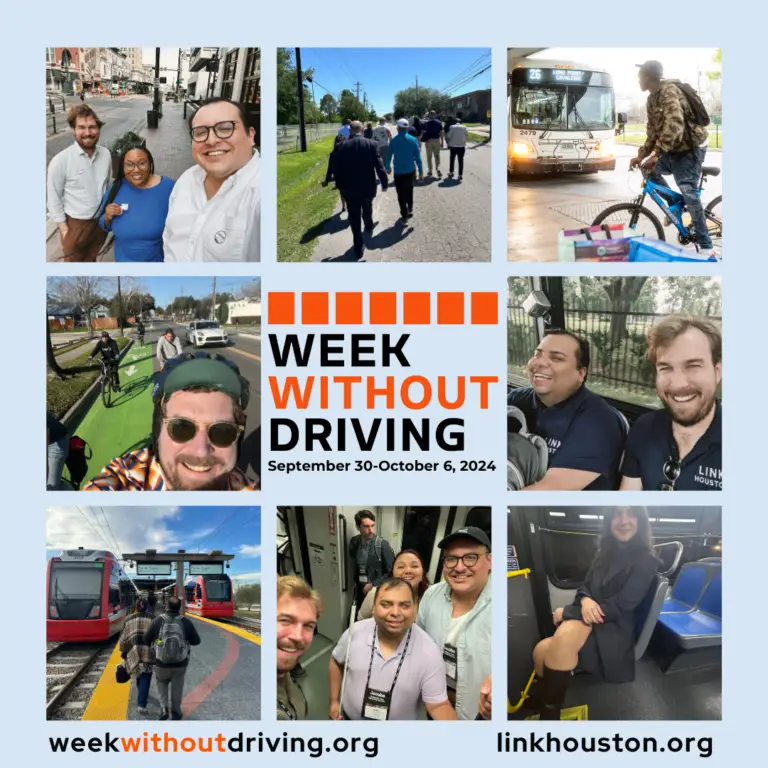On May 1, I stood here with other advocates to urge you to act to make our streets safe for pedestrians and bicyclists. We spoke after four people were killed on bicycles in April. In a two-year period (2016 and 2017), crashes killed 160 pedestrians and 14 bicyclists across Houston. This is unacceptable.
Drawing on data from the Texas Department of Transportation, LINK Houston developed a heat map of the crash locations where pedestrian and bicycling serious injuries and fatalities occurred. The map shows hot spots all over Houston, not just in Downtown, but also in neighborhoods like Third Ward, Northline, and Gulfton. When you break down this data by City Council District, the most deaths occurred in District H, followed Districts B and D.
On May 1, I asked you to prioritize street safety and specifically to enforce the Vulnerable Road Users ordinance; implement design plans to address dangerous intersections; fund Plan Houston in the FY 19 budget to ensure the Planning and Public Works Departments could effectively carry out their efforts; and continue with the Bike Plan.
Mayor Turner, your State of Mobility remarks on May 24 demonstrated what we need most right now: leadership. We agree that we need enforcement of ordinances and a behavior change to recognize that pedestrians and cyclists have a right to use the road. We need to identify dangerous intersections and change them to make them safe. LINK Houston will be working with Bike Houston to identify the dangerous intersections. And we hear you regarding funding. We know the FY 19 budget for street maintenance and improvements is insufficient for the challenge that lies ahead. The City needs Transportation Improvement Project funds, public-private partnerships, and strategic use of projects like the I-45 expansion to maximize safety for all users of the road.
I’m here today to reiterate these requests, underscore the importance for public safety, and urge City Council to support the Mayor in making measurable progress as soon as possible. I’m joined today with friends of Polly Koch. They are here to share their stories, their loss, and their hope that City Council will support these initiatives on street safety. We are not here to proscribe specific modifications for Richmond and Mandell or any other intersection. Recommendations of that nature are most productive when done after a third-party investigation or in partnership with an examination by the City’s experts.
We are here to underscore that this public safety issue is a matter of life and death that affects our entire city. We must create safe options to reach the office, as well as the library, the school, the medical center, and the grocery store, whether we walked or biked from home, waited at the bus stop, or used the parking garage. If we want to be a growing, innovative, economically competitive global city, we must prioritize safe, multi-modal mobility options so that Houston – and every resident living in it – can reach opportunity.

Ped-Bike Crashes by City Council District








